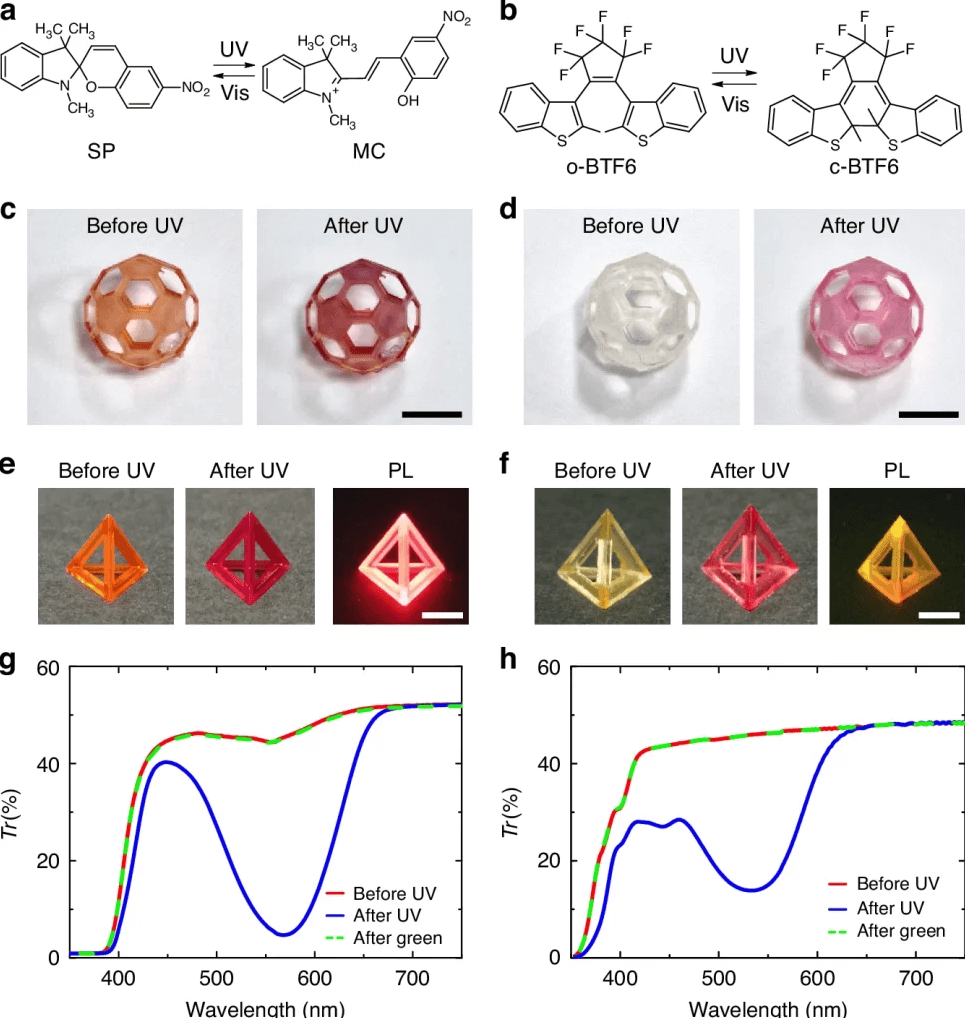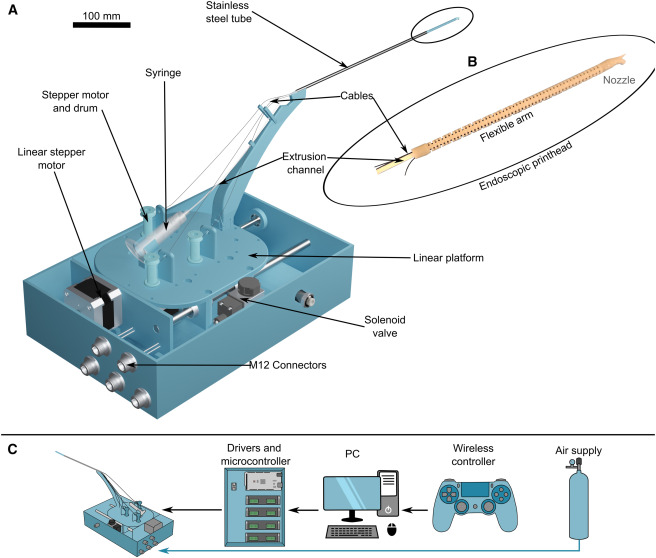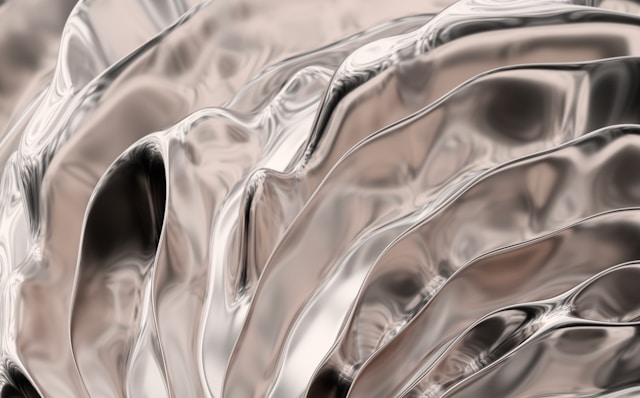
Date:2025-08-25 10:56:57
Cornell University researchers reported in Nature Communications on 19 August 2025 that they have fabricated transition-metal oxides and nitrides—materials prized for catalysis, microelectronics and energy storage—using a streamlined “one-pot” direct-ink-write (DIW) 3D-printing approach. The printed ceramics exhibit atomic-scale crystal lattices, 4-nm mesopores arranged in a perfect hexagonal lattice, and centimetre-scale woodpile or helical architectures, all controlled simultaneously for the first time.
Traditional routes to hierarchically porous inorganics require pre-synthesised powders that clog nozzles and limit geometry. The team instead formulated a single ink containing niobium or titanium sols plus commercially available Pluronic block copolymers. Upon extrusion into a hydrophobic hexane bath—or a soft gel support for non-self-supporting shapes—the polymers self-assemble into lyotropic templates while metal precursors condense. Subsequent calcination in air and nitridation in NH₃/CH₄/H₂ atmospheres convert the hybrid into crystalline NbN or TiN without collapsing the mesostructure.
“Our trick is to let the block copolymer do the nanostructuring while 3-D printing defines the macroscopic shape,” explains senior author Ulrich Wiesner. “No separate zeolite or MOF synthesis is needed.”
By varying the copolymer’s molecular weight, the researchers tuned the pore-wall thickness from ~10 nm down to <5 nm. Thinner walls strengthened nanoconfinement of superconductivity, pushing the upper critical field B_c2(0) of NbN-type lattices from 20 T—typical of bulk—to an unprecedented 50 T, while the onset critical temperature rose from 7 K to over 15 K. The same trend was observed in printed TiN helices, whose B_c2(0) leapt to 8 T, far above literature values for thin films.
The work demonstrates a practical route to on-demand, high-surface-area superconductors with complex form factors, potentially accelerating advances in compact magnets, loss-free power cables and high-resolution particle detectors.





